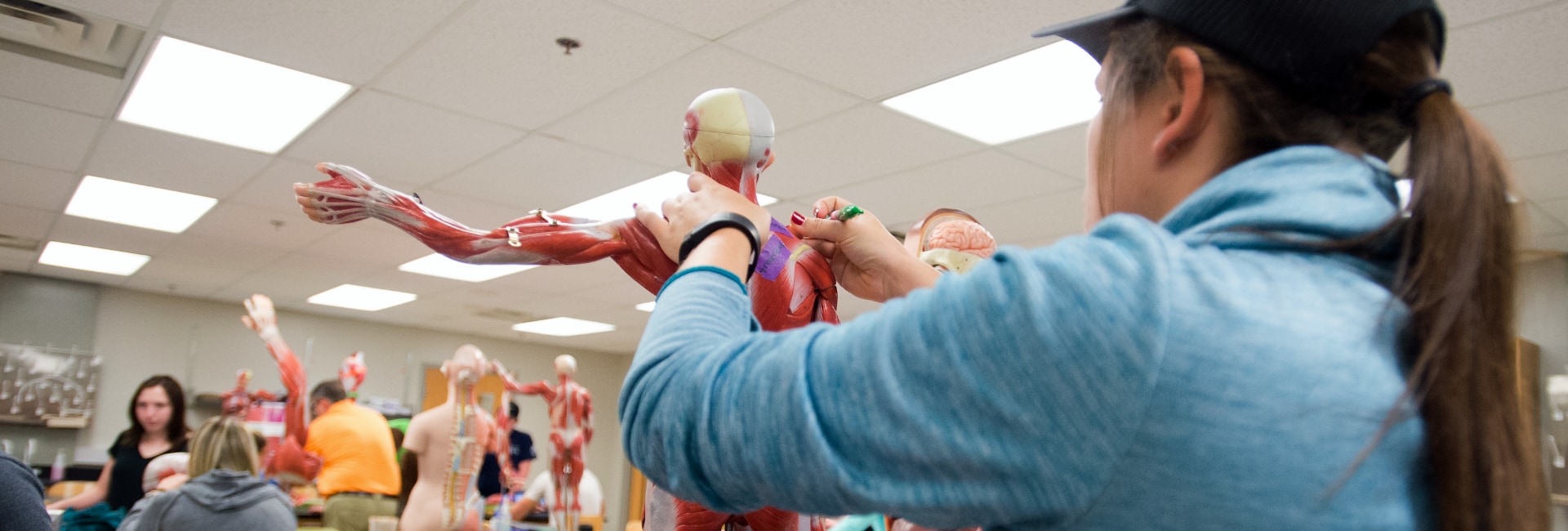
You are not required to select a particular undergraduate major in order to be eligible for admission to a DPT program. The most common undergraduate majors among PT students include exercise science, biology, kinesiology, and psychology.
PT schools vary in what classes they require. Most schools require anatomy and physiology (BIOL 121 and 122), chemistry (CHEM 261/262), physics (PHY 175/176), statistics (STAT 241), psychology (PSY 201, PSY 261, PSY 322). For more information about individual programs and their requirements, go to PTCAS.
The average GPA for a matriculating student is a 3.5 with a 3.0 in math and science courses.
PTCAS calculates your math and science GPA based on specific courses. You can determine which courses are included in this calculation on the PTCAS Course Subjects page.
Your transcript is typically viewed as a primary factor in the admissions process. Your GPA, particularly in the sciences, is viewed as a reliable predictor of how you will perform in physical therapy school and is a demonstration of your academic capacity.
Visit the centralized application service, PTCAS for more information about how to apply.
The PTCAS Fee Assistance Program assists those who, without financial assistance, would be unable to apply to physical therapy schools that use the Physical Therapist College Application Service® (PTCAS®).
The PTCAS application opens during the first week of July each year. You can submit your PTCAS application as soon as it's available. We recommend submitting your application early, within the first few weeks of July for PTCAS.
Some PT programs require the Graduate Record Exam (GRE). The GRE assesses analytical writing, verbal reasoning, and quantitative reasoning through a standardized exam with multiple choice, short answer, and essay questions.
Free official test preparation materials are provided by the Educational Testing Service (ETS). The GRE is offered throughout the year. See the GRE testing calendar for scheduling.
Students in need of financial assistance can apply for a fee waiver through the ETS.
Observation hours are an important part of your pre-physical therapy training. Most programs require observation hours but the number can vary between 0-200 hours. You can find information about requirements of individual programs at the PTCAS Directory for information about requirements of individual programs.